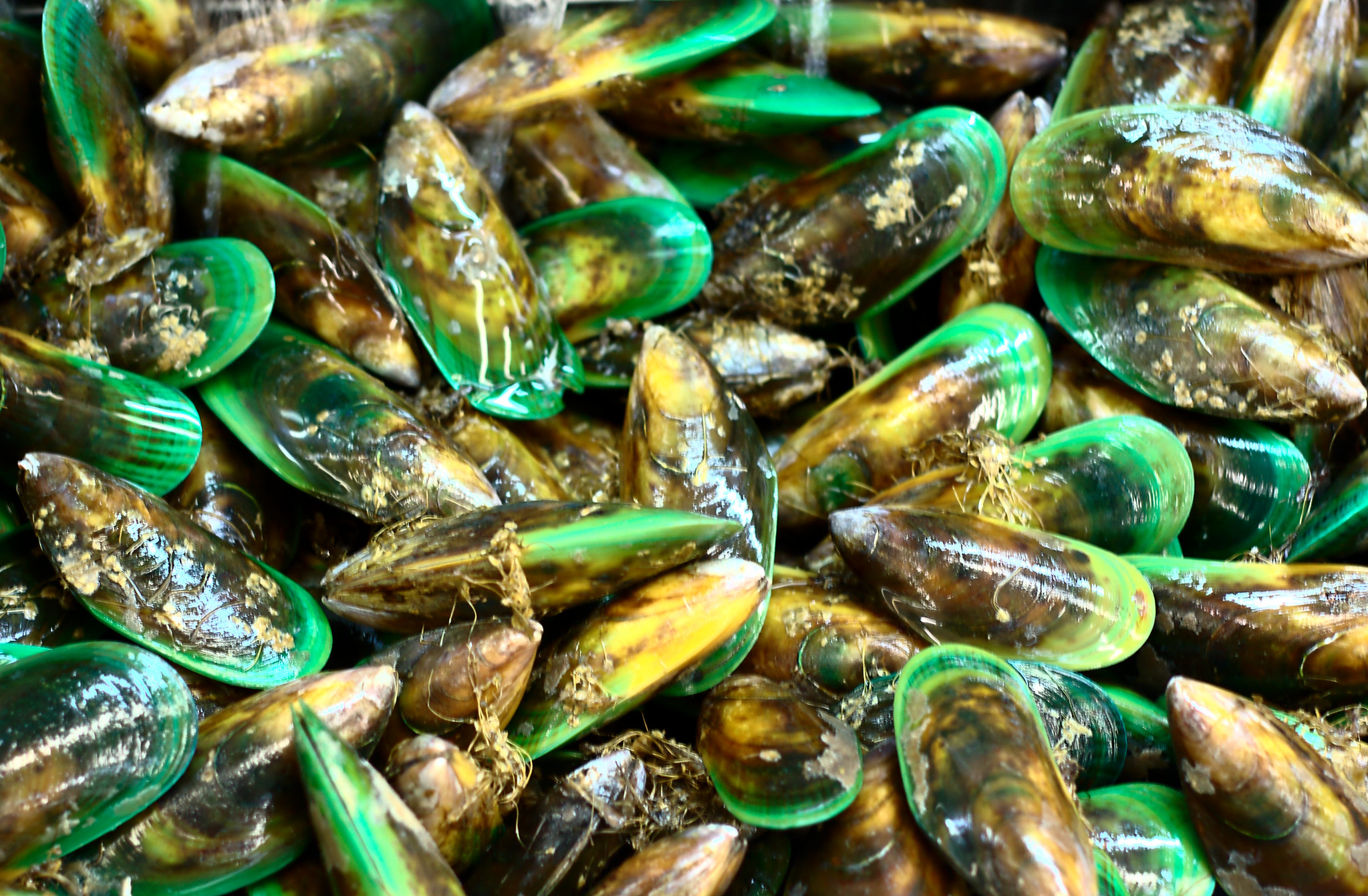Excerpt:
How Māori knowledge is helping to revive the mussel population in New Zealand’s Ōhiwa Harbour.
Tī kōuka are tough. These Seussian, palm-like trees, native to New Zealand, are topped with tufts of fibrous, bladed leaves. Also known as cabbage trees, tī kōuka are the nemesis of the nation’s lawn mowers, clogging them with their thick, shiny leaves. But these leaves also repel water and have made great building materials for generations of Māori.
“It’s a survival plant,” says Kura Paul-Burke, a marine scientist at New Zealand’s University of Waikato and a member of the local Ngāti Awa and Ngāti Whakahemo iwi (tribes). Whether you’re looking to start a fire, build a roof, or construct a leafy raincoat, tī kōuka leaves have seen heavy use by Māori “prior to colonization, during colonization, and up to today,” says Paul-Burke.
Now, Paul-Burke is working to develop a new job for this storied plant—one that could address two contemporary problems afflicting her homeland in Ōhiwa Harbour, on the east coast of New Zealand’s North Island. One is a largely local concern: the decline of the green-lipped mussel. The other is a global crisis: marine plastic pollution.
Green-lipped mussels are a popular and nutritious food that people—Māori and non-Māori alike—used to harvest regularly around Ōhiwa Harbour. Some would freedive to the harbor floor to pluck the black and green ombré, barnacle-encrusted shellfish from their beds, while others would collect them from exposed rocks at low tide. Yet over the past few decades, green-lipped mussel numbers saw a sharp decline. Local iwi leaders were concerned and banned harvesting to see if it made a difference. But in 2009, Paul-Burke and her boat skipper husband discovered the real culprit: a proliferation of eleven-armed sea stars, voracious eaters of juvenile mussels.
Yet it was while surveying the flagging mussel population that Paul-Burke caught a glimpse of how to help them. Ōhiwa Harbour is peppered with boats at anchor, and she noticed that juvenile mussels were thriving on the boats’ mooring chains where the sea stars couldn’t reach them. She dreamed of building floating restoration stations—safe spaces where baby green-lipped mussels could attach, grow, and eventually help repopulate the seafloor.
Fortunately, getting juvenile mussels to grow on dangling ropes is simple enough. In commercial mussel farming, these ropes are called spat lines—named for spat, mussels’ larval form. So in 2019, Paul-Burke and her colleagues set up their first experimental juvenile mussel protection stations using commercial plastic spat lines.
It worked. The baby mussels started to thrive. But Paul-Burke was feeling squeamish. She was putting more plastic in the ocean.
Māori sea gods “Tangaroa and Hinemoana are tough on gear,” she says. “Things are going to break, that’s understood. So how do we mitigate the impacts of that for our ocean?”
All along, Māori knowledge has guided Paul-Burke’s research. On a harbor-wide boat ride at the start of the project, local elders pinpointed the spots where mussels used to grow. Their knowledge helped guide the decisions on where to install the mussel restoration lines. So here, too, she turned to her community…









